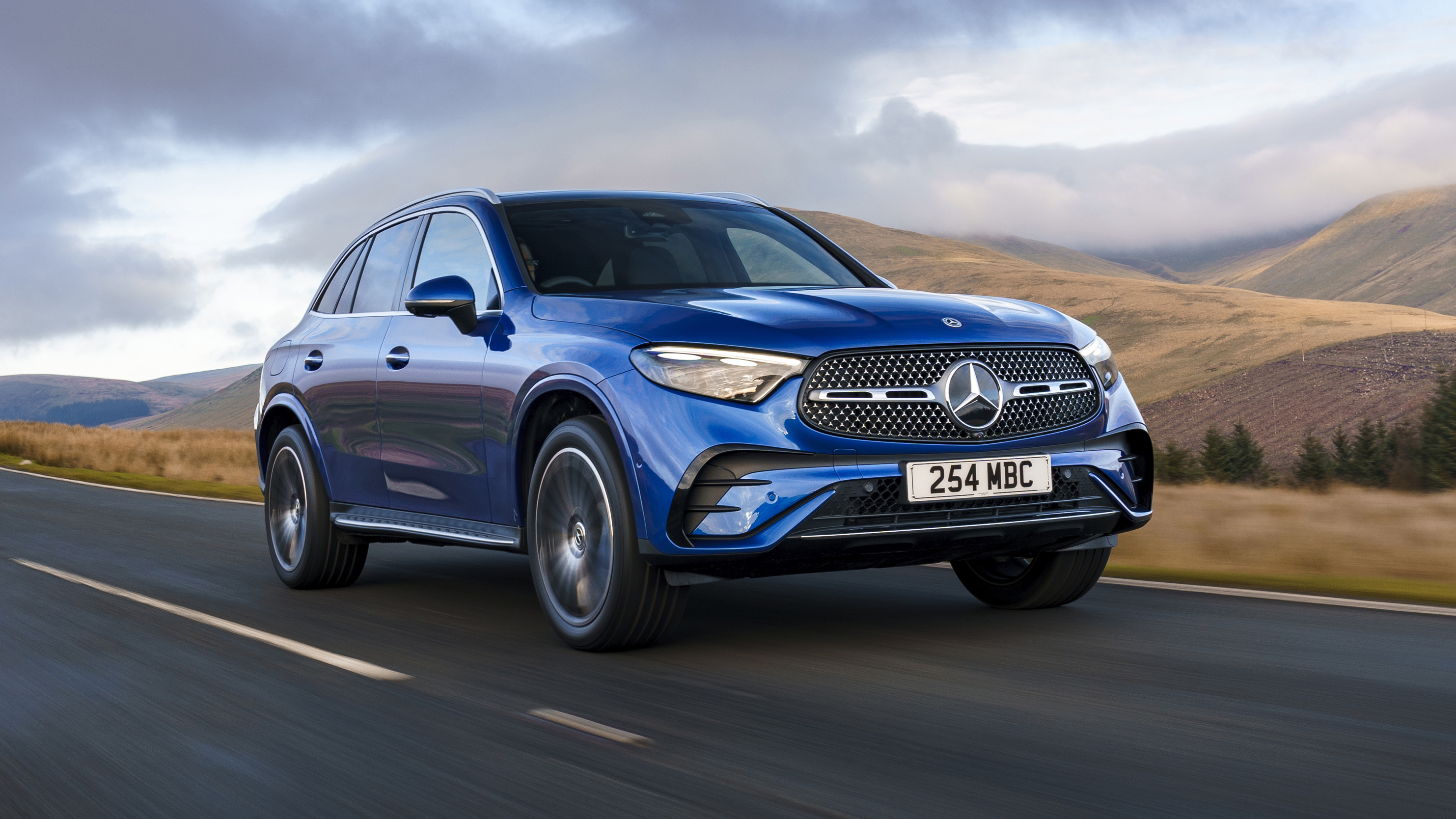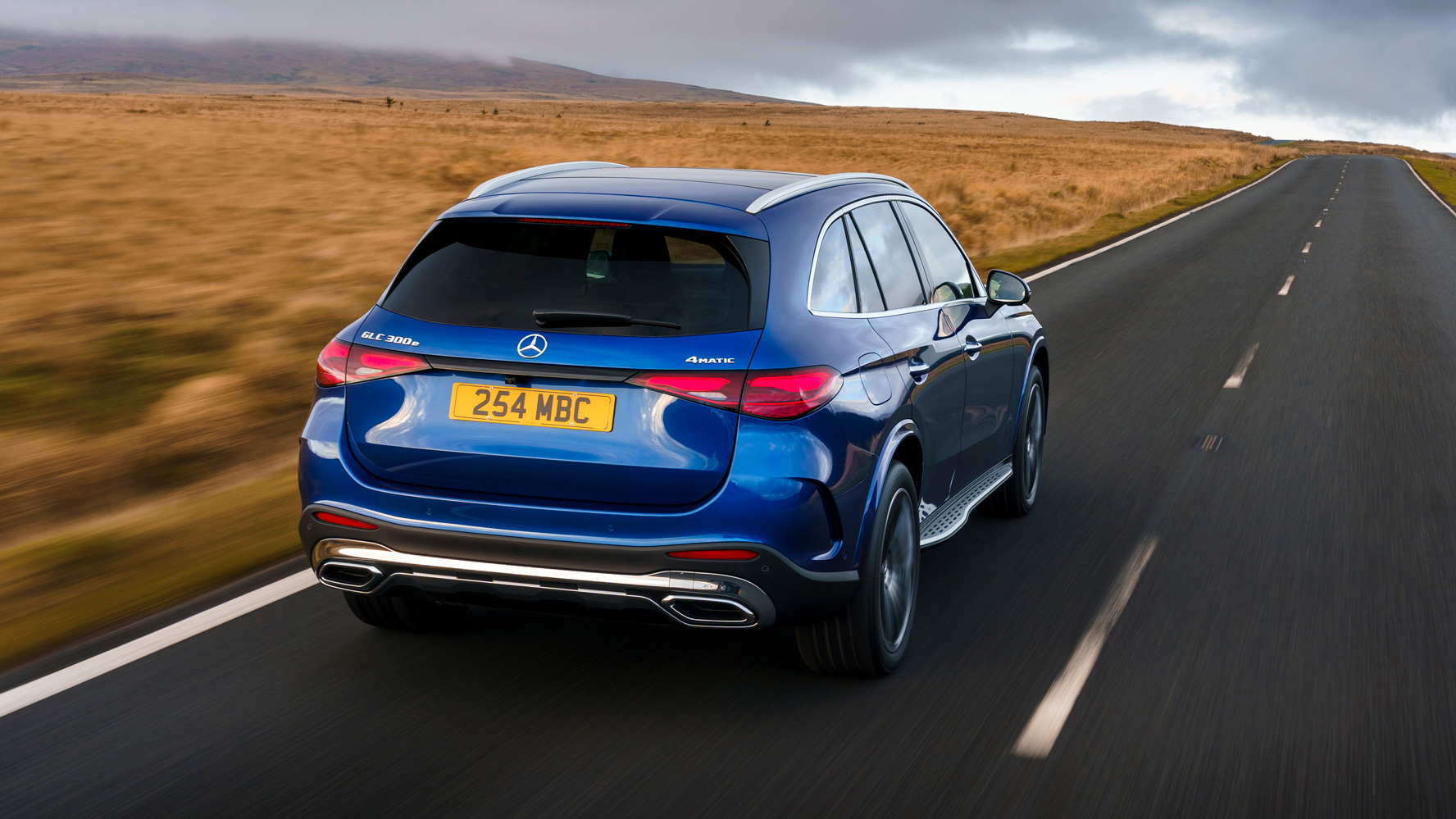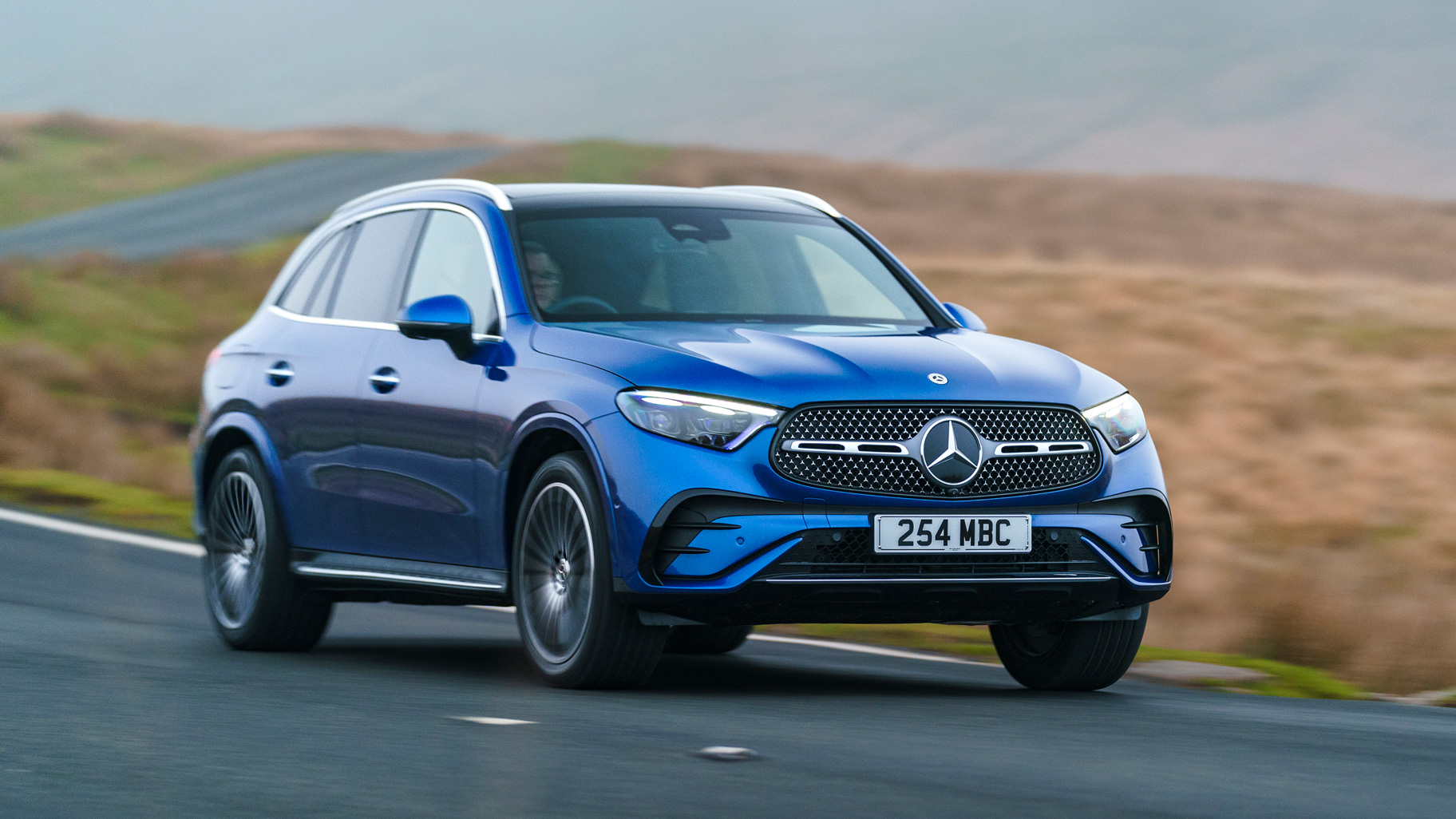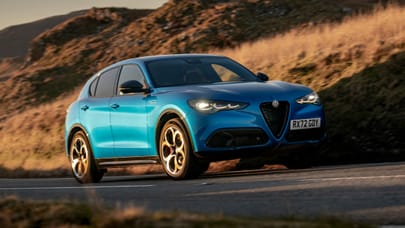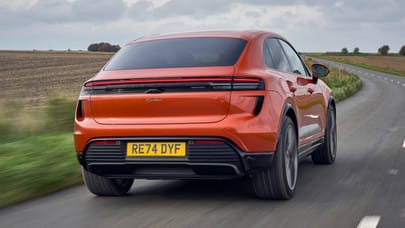
Good stuff
Better than the old version in lots of small ways, dependable family transport, hybrid version is genuinely useful
Bad stuff
Suspension is wallowy and lacks control, more expensive than it ought to be
Overview
What is it?
It certainly wouldn’t be an overstatement to say the GLC is crucially important to Mercedes – perhaps its most important car. Why’s that? Because since it first went on sale in 2015 it has rather swiftly climbed its way to the number one position on the Mercedes sales chart until it’s become the firm’s global best-seller. Who’d have thunk it, eh?
Wow. What’s changed over the old car?
Mercedes modestly says it was “hard to improve” on the outgoing car, but that hasn't stopped them tinkering with it. The styling is sleeker (21mm narrower, to be precise), longer and lower than before, with 70 litres of space freed up in the boot. We think the styling is improved over the previous-generation GLC too – a touch more elegant and sophisticated, you could say.
Why do people like it so much?
Well, there’s the question – it’s quite a neat little family SUV, sitting alongside the C-Class in Merc’s parallel universe range of slightly bloated soft-roaders. It looks alright, not too ridiculous, it drives decently and there’s enough room for the family. Plus it gets some fun tech.
Such as?
Well, you’ve got the now ubiquitous ginormo-touchscreen on the inside that draws the eye as soon as you get onboard. The aircon controls are always available in the corners and the graphics are fairly crisp and intuitive. The GLC has almost done away with buttons, and the haptic touch controls remain a pain to operate. The idea is that you use voice control, but it’s hit-and-miss at best.
The other tech excitement comes from the powertrain department: all the basic petrol and diesel versions of the car come with at least 48V mild hybrid tech as standard, which means a beefier starter motor for extended periods with the engine off, including the odd shutdown going down a hill or suchlike. But there are plug-in hybrid versions of the car available with both petrol and diesel engines.
But the plug-in’s electric range is miserable, right?
You’d think so, the way everyone expects us to get excited about 30 miles of electric power that runs out quickly, but the PHEV versions of the GLC are rated for around 60 to 80 miles of WLTP range, which is very impressive. Even better, they come with 11kW onboard chargers as standard, but you can option CCS fast charging at 60kW to juice up even quicker. It’s the plug-in hybrid that thinks it’s a real electric car.
On UK roads and cold-to-mild temperatures, we managed nearly 60 miles from the battery. That’s enough to cope with most people’s commuting round trips, meaning you’d be using cheap(er) electric top-ups to deal with the daily grind. That’s not a small thing.
How does it drive?
Initially we drove full German-spec cars with air suspension and a strange, pinstriped wooden dashboard (the Germans love their weird interiors), but the fancy suspension isn’t likely to come to the UK. Which is good, because it doesn’t ride particularly well. In everything bar the diesel plug-in (the heaviest combo you can get) the car wallowed about excruciatingly in Comfort mode and although Sport mode tightened things up, getting body roll in check, it made for a firmer ride than we’d like in a nice family SUV.
UK-specific cars are better, but the wallowy handling continues. Now, we don’t object to soft suspension – it’s great for comfort – but when combined with a lack of body control and inaccurate brakes it makes the GLC rather vague to drive. The Dynamic Select system provides a choice of driving modes (Comfort, ECO, Sport, Sport+, Individual), but Sport mode remains a bit wooden-kneed for UK roads, and there’s a distinct lack of ‘sport’ in the GLC’s make-up anyway. It’s the kind of car that does business without having to acknowledge such things. It’s a car that needs to be driven gently: you end up making allowances for it where you wouldn’t in the equivalent Audi or BMW.
What will it cost?
The range begins with the GLC 220d 4Matic AMG Line diesel - non plug-in, mild-hybrid - at £52,880 and walks up from there to the AMG GLC 63 and its rather frightening 671bhp. Incidentally, the exact same power that Hypercars make do with in Le Mans these days. Ooft. The equivalent BMW X3 is at least five grand less.
All get the 9G-Tronic Plus nine-speed automatic, and they’re all 4Matic four-wheel drive. AMG Line, AMG Line Plus and AMG Line Premium Plus are the trim lines, and if you’re using it as a family car go for the base trim. You still get 64 colours of ambient lighting, heated sports seats, auto climate, huge screens, wireless charging and a fingerprint scanner, so you’re not missing out on toys up front.
What's the verdict?
We already know that the GLC is the most popular Mercedes in the world, and there’s nothing to suggest that the latest version of the car will do anything to harm that status. If anything, the decent slug of range on the new PHEV versions of the car will only make it more compelling to company car buyers and those who want a car capable of zero-emission running but suffer from range anxiety.
The GLC is a reasonable all-rounder for the undemanding. It’s got the right badge, the right look and the right tech. But the suspension, although soft and comfortable, isn’t well controlled and even by the standards of the class it’s expensive. It’s the sort of car you see parked on new-build housing estates across the land; a car you buy as much to say something about yourself as for its practicality. The hybrid version is class-leading for its range and integration (and as an individual model is worth an extra point), the rest are competent but unremarkable. Of course, we’ll always say you’d be better off getting a nice C-Class Estate, but that doesn't make the GLC a bad purchase.
The Rivals
Trending this week
- Car Review
Bentley Brooklands
- Car Review
Ferrari Amalfi




